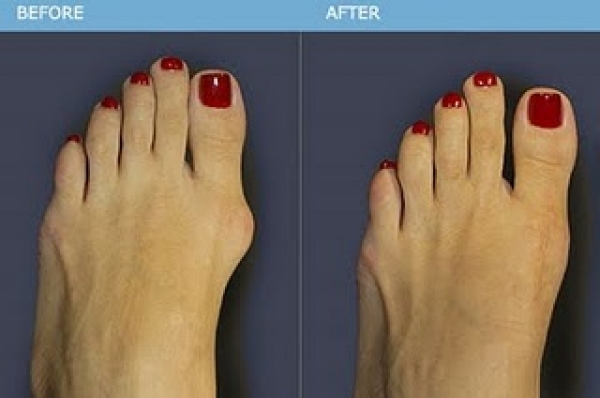A bunion is characterized by painful swelling on the first joint (or base) of the big toe. It is formed when your big toe pushes against your next toe, forcing the joint to be more apparent by getting larger in a more acute angle. To know more information about bunions, we summarized several points regarding this condition:

- A bunion is a misalignment of the big toe joint and not the mythical idea of sprouting another bone. While there may be an extra bone growth that adds to the size of the bunion, but the idea that it is the cause of the bunion is rarely true.
- Bunions come in various sizes and can be growing. Meaning to say, they can start off as a little bump or misalignment and can rapidly develop into a larger size. While most cases are progressive, some bunions can stay as a small bump but this does not guarantee the level of pain one may receive. Small bunions can also be very painful and some large ones are not painful at all.
- As the bunion progresses, the big toe can overlap on the second toe, displacing it in the process. If this occurs, the second toe will then acquire a hammer toe which is characterized by bending of the toe joints.
- Bunions can be inherited because it tends to run in the family. Additionally, this condition occurs more on women than men.
- High heeled and pointed shoes are the greatest contributors in bunion development as they put the feet into unnatural position, exerting most of the pressure on the balls of the feet.
- Two of the most common bunion surgery procedures are bone cutting and bone fusion. The former is often used for smaller bunions; whereas the latter is used for larger bunions.
